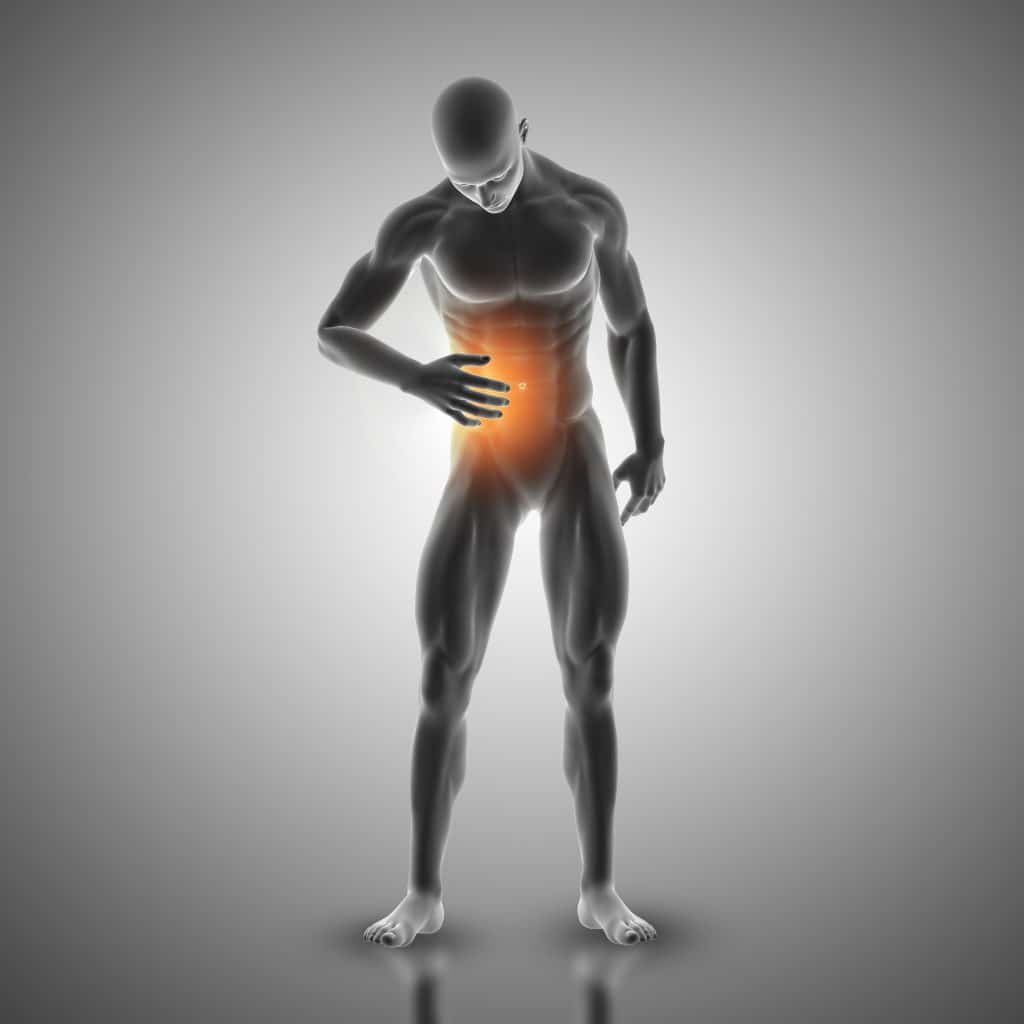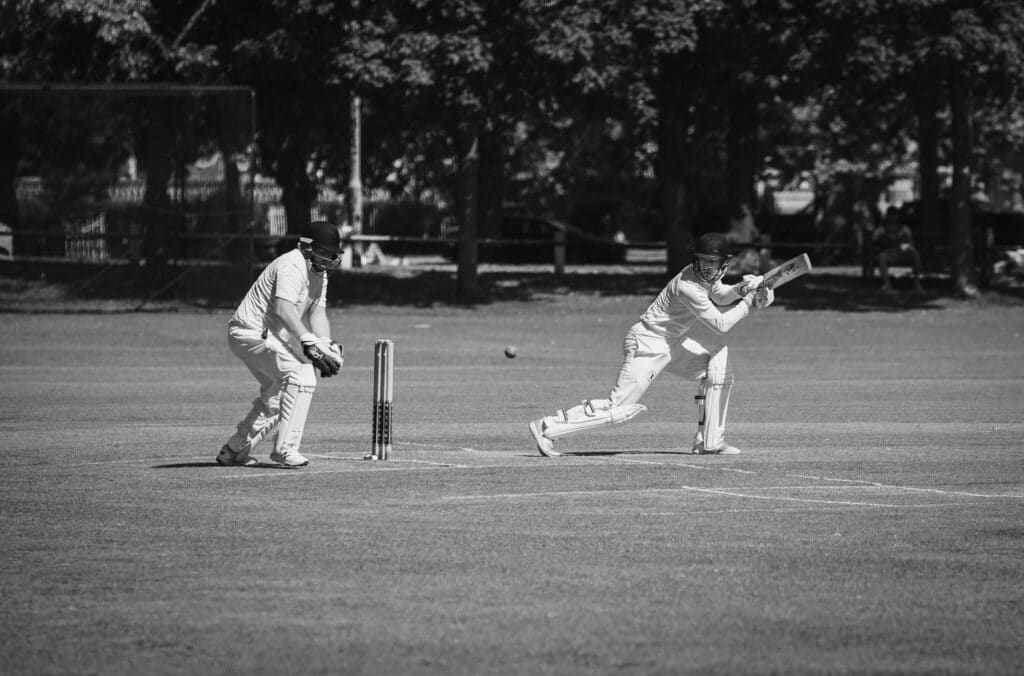Backpain during Pregnancy
What we’ll cover
- Key highlights
- Why Back Pain During Pregnancy Deserves Your Attention
- What causes back pain during pregnancy?
- 1. Hormonal Shifts
- 2. Postural Changes
- 3. Weight Gain
- 4. Muscle Separation (Diastasis Recti)
- 5. Previous Injuries
- Types of backpain pregnant women commonly experience
- How to avoid backpain during pregnancy?
- Keep moving
- Be careful lifting
- Exercise
- Physiotherapy can help
- Tell us
Backpain during Pregnancy
If you experience pregnancy related low back pain, call us on (03) 9571 6888 or fill in our online form
Current research indicates that up to 70% of women experience low back pain at some point during pregnancy. This can be a burden on expectant mothers when it begins to impact on daily tasks, work or sleep.
The combination of hormonal and physical changes results in increased laxity and reduced stability around the back and pelvic areas. This resultant instability can lead to increased susceptibility of low back pain. If you experience back pain during pregnancy, here’s several things you can do to reduce and prevent back pain.
Key highlights
- Over 50% of pregnant women experience back pain in Australia, often affecting sleep, mobility, and daily function.
- Hormonal and physical changes like ligament laxity, posture shifts, and weight gain are key causes of pregnancy-related back pain.
- Safe movement, lifting techniques, and low-impact exercise (e.g., Pilates, water-based workouts) are essential for prevention and relief.
- Physiotherapy is an evidence-based, non-invasive solution offering pain relief, improved mobility, and postpartum recovery support.
Why Back Pain During Pregnancy Deserves Your Attention
If you’re pregnant and struggling with back pain, you’re not alone, and it’s not just a minor discomfort. According to a 2018 study published in BMC Pregnancy and Childbirth, more than 50% of Australian women report moderate to severe back pain during pregnancy.
This condition isn’t only inconvenient, it can interfere with your sleep, mobility, work, and even emotional well-being. But the good news? With the right strategies, particularly through evidence-based physiotherapy, you can manage and often eliminate this pain altogether.
This guide covers:
- What causes back pain during pregnancy
- Types of backpain pregnant women commonly experience
- How to avoid backpain during pregnancy?
What causes back pain during pregnancy?
Pregnancy changes your body in incredible ways—but not all of them are comfortable. Here are the major contributors to back pain:
1. Hormonal Shifts
Hormones like relaxin and progesterone are essential for preparing the pelvis for childbirth. But they also loosen ligaments and joints, creating instability in your lower spine and pelvis.
2. Postural Changes
As your belly grows, your centre of gravity shifts forward, causing your spine to overcompensate. This often results in exaggerated curvature (lordosis) and lower back stress.
3. Weight Gain
The average Australian woman gains between 11–16 kg during pregnancy (source: Royal Women’s Hospital Melbourne). This added mass puts pressure on your lumbar spine and sacroiliac joints.
4. Muscle Separation (Diastasis Recti)
When your abdominal muscles separate, your lower back picks up the slack, leading to tightness, pain, and poor posture.
5. Previous Injuries
If you’ve had back issues in the past, pregnancy will often exacerbate these conditions, especially if left untreated.
Types of backpain pregnant women commonly experience
| Type of Pain | Description |
| Lower Back Pain | Felt in the lumbar area; worsens with standing, walking, or bending. |
| Pelvic Girdle Pain | Localized around the sacroiliac joints or pubic bone; sharp and stabbing. |
| Sciatic Pain | Radiates from the lower back through the buttocks and down the leg. |
| Round Ligament Pain | A sharp pain in the groin and lower belly, especially during sudden moves. |
How to avoid backpain during pregnancy?
Keep moving
Staying in one position for too long increases the risk of pregnancy related back pain. Good habits include moving at least every half an hour.
Try standing up during the ad breaks of your favourite television show. At work, consider a stand up desk. Alternately, get up at regular breaks and try walking to the kitchen or doing a lap of your workstation or office.
When doing daily tasks try to alternate positions. For example, when cooking, alternate between standing at the kitchen bench and sitting at the kitchen table.
Be careful lifting
Avoid lifting without bending your knees. Bend from your knees, pushing through your feet. Ensure that you try and lift objects directly in front rather than having to twist or rotate during lifting.
Be mindful of lifting with regular tasks. For example, consider placing heavier and bulkier items closer to the edge of the car boot in order to allow easier access and avoid having to stoop over when lifting.
If you have young children, try alternating sides that you lift and carry them on.
Exercise
Appropriate exercise is crucial during all phases of pregnancy. It is important to prepare the body for childbirth. Maintaining appropriate core strength and conditioning has been proven to reduce the likelihood of injury post partum. Safe and beneficial exercise options during pregnancy include clinical pilates or water based exercise.
Key points to remember include:
- Avoid high intensity exercise. Due to an increased heart rate at rest, it is important to monitor heart rate and intensity of exercise.
- Stay hydrated.
- Perform exercises in a cool environment to avoid overheating.
- Monitor the position of exercises. Exercising for sustained periods lying flat on your back should be minimised and monitored.
Physiotherapy can help
Physiotherapy is one of the most effective, non-invasive treatments for pregnancy-related back pain. According to Physiotherapy Evidence Database (PEDro), specific techniques like manual therapy, posture correction, and pelvic floor exercises are highly effective.
Benefits of Prenatal Physiotherapy:
- Pain Reduction – Through targeted stretches and myofascial release.
- Improved Mobility – Stronger core and better pelvic alignment.
- Injury Prevention – Supports the musculoskeletal system as weight shifts.
- Labour Preparation – Builds endurance and flexibility.
- Postnatal Recovery – Eases the transition back to pre-baby shape.
Tell us
It is important to seek help early. Pregnancy does not mean that you have to accept back pain as being inevitable. Your physiotherapist is well placed to address your back pain and provide a range of safe exercise options.
At Malvern East Physiotherapy, we can assess your back pain by performing a series of simple tests and provide a tailored treatment approach to manage your pregnancy related back pain.




